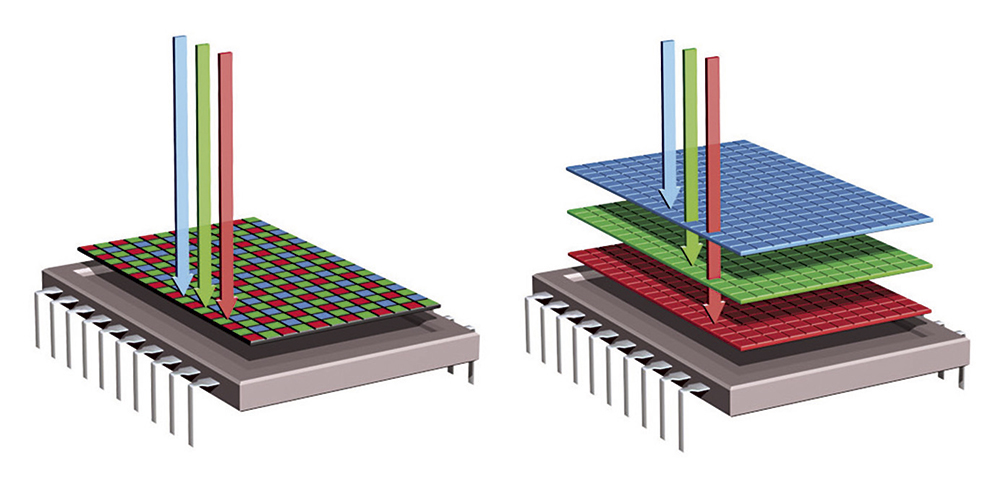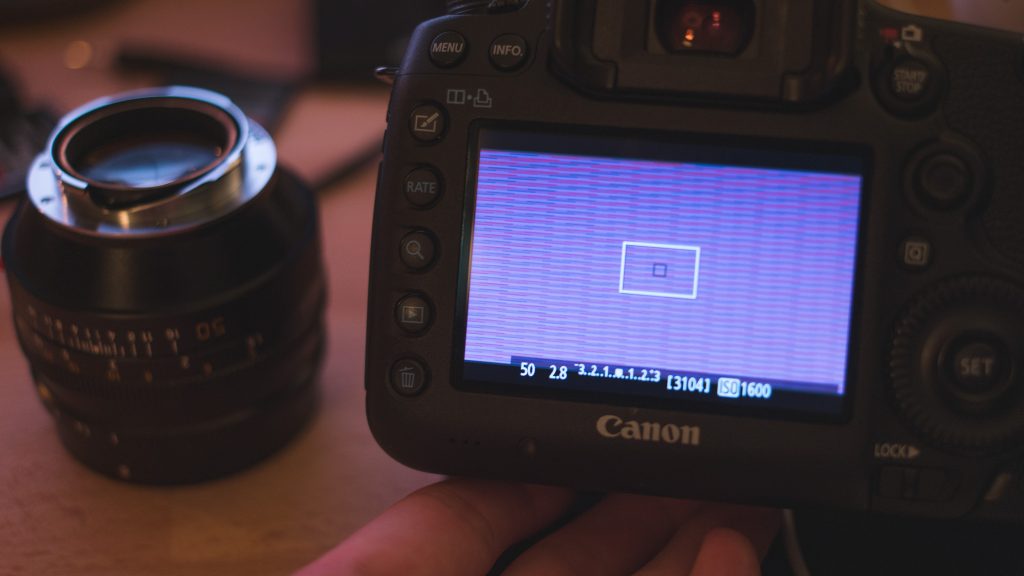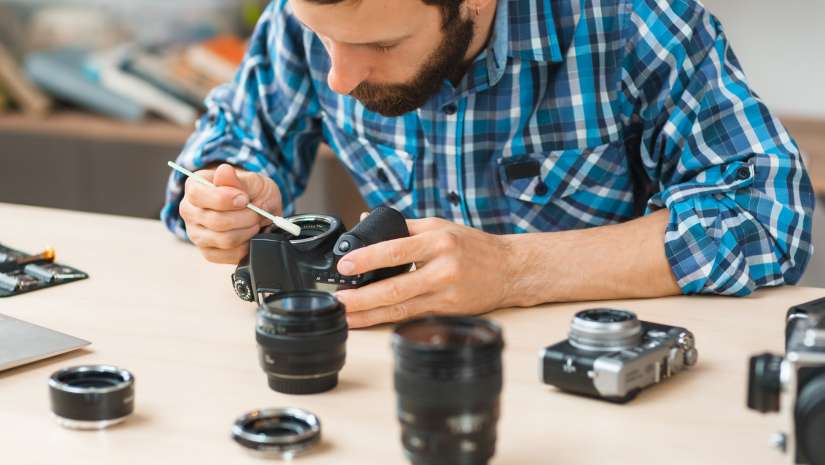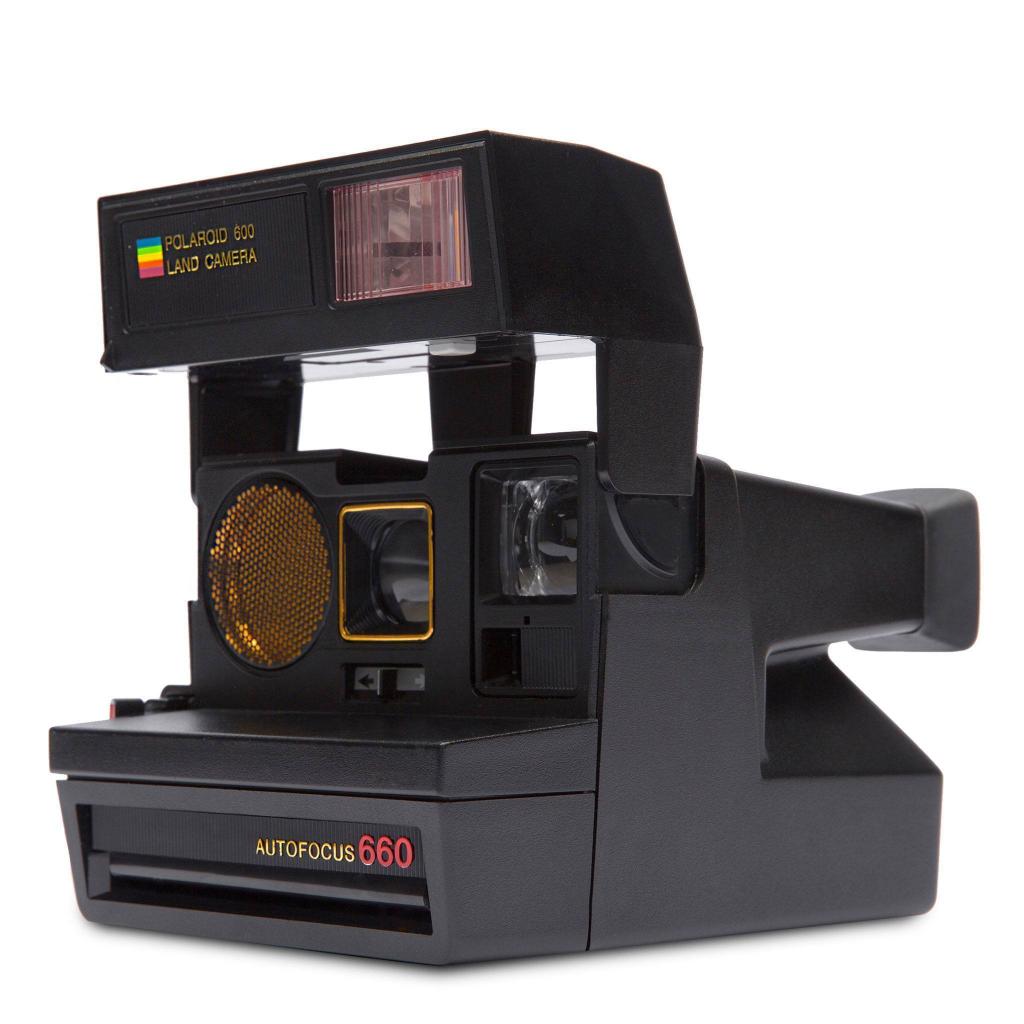Photography is one of the most important inventions in history - it really changed the way people think about the world. Now everyone can see images of things that are actually at a great distance or have long been gone. Every day, billions of photos are published on the Internet, turning life into digital pixels of information.
Camera structure
Photography allows you to capture important moments of life and save them for many years. Devices for creating images have long been built into phones and other gadgets, but the principle of the camera for many remains a mystery. Photography is the same science as art, but the vast majority are not aware of what happens when they press the camera button or open the smartphone’s camera application. The first camera, the structure and principle of operation of which will be considered later, had no buttons at all and did not at all resemble an application. But his device is at the heart of modern gadgets.

For example, a film camera consists of three main elements: optical - the lens, chemical - the film, and mechanical - the camera body. Let us briefly consider the principle of the camera: the film is loaded into the coil on the right and wound on another coil on the left, passing along the path in front of the lens. It is a long ribbon of flexible plastic coated with special chemicals based on silver compounds that are sensitive to light.
The black and white film has one layer, and the color film has three: the top one is sensitive to blue light, the center one is green, and the bottom one is red. The image was obtained due to the chemical reaction of each of them. So that the light does not spoil the film, it is wrapped in a durable light-resistant plastic cylinder, which is placed inside the camera. But how do all the components come together in such a way that they record a clear, recognizable image? There are many different ways to make these parts work, but first you need to understand the basic principle of the camera. Since electricity is not required for photography, the conventional single-lens mirrorless camera is an excellent illustration of the basic processes of photographing.
Why do I need a lens
To start explaining how the camera works is briefly best with theory. Imagine standing in the middle of a room with no windows, doors or lighting. In such a place, nothing is visible, because there is no light source. Assuming you took out a flashlight and turned it on, and the beam from it moves in a straight line. When this light hits the object, it is reflected from it and enters the eyes, allowing you to see what is inside the room.
The principle of operation of a digital camera is similar to the process of snatching a beam from a flashlight of objects from a dark room. The optical component of the camera is the lens. His job is to reflect the rays of light that have returned from the object and redirect them so that they come together and form an image that looks like a scene in front of the lens. It may not be completely clear how this process occurs and why ordinary glass can redirect light. The answer is very simple: when light moves from one medium to another, it changes speed.
How the lens works
Light travels faster through air than through glass, so the lens slows it down. When the rays hit it at an angle, one part of the wave reaches the surface earlier than the other and, thus, slows down the first. When light enters the glass at an angle, it bends in one direction, and then again when it leaves the glass, because parts of the light wave enter the air and accelerate earlier than others.

In a standard convex lens, one or both sides of the glass are curved. This means that transmitted rays of light will deflect toward the center of the lens upon entry. In a double convex lens, such as a magnifying glass, the light will bend both at the exit and at the entrance. This effectively changes the path of light from the object, which is associated with the main principle of the camera. A light source emits light in all directions. All rays start at one point and then constantly diverge. A collecting lens takes these rays and redirects them so that they all converge back to one point. At this point, an image of the subject is obtained.
The principle of operation of the first camera
The first chamber was a room with a small hole on one side wall. Light passed through it and reflected in straight lines, and the image was projected on the opposite wall in an inverted form. It received the name of the camera obscura and was used by artists to write art paintings. The invention is attributed to Leonardo da Vinci. Although such devices existed long before the first real photograph appeared, only when someone decided to place light-sensitive material in the back of this room did the idea of obtaining an image in this way arise. The principle of operation of the first camera was as follows: when the beam hit a photosensitive material, chemicals reacted and etched the image on the surface. Since this camera did not pick up too much light, it took eight hours to take one photograph. The image also turned out pretty blurry.
The difference between SLR cameras
Professionals often prefer SLR cameras. It is believed that the quality of the image is obtained better, because the photographer sees in the viewfinder a real image of the object, not distorted by digitization and filters. If we briefly describe the principle of operation of the camera with a mirror viewfinder, then the point is that the photographer sees a real image in such a camera. He can also adjust all the details by turning and pressing the buttons. This is due to the double mirror - the pentaprism. But in the design of the camera there is one more thing - translucent, located in front of the matrix, which is also called a sensor or sensor. The principle of the shutter of the camera is that when you press the button, it lifts the mirror and changes the angle of inclination. At this moment, a stream of light hits the sensor, after which the image is processed and displayed on the screen.

The principle of operation of the SLR camera is associated with the diaphragm, which is gradually opened to pass the rays. It consists of petals, the position of which determines the diameter of the central circle and the amount of transmitted light. The beam hits the lens, and then onto the mirror, the focusing screen and the pentaprism, where the image is flipped and then into the viewfinder. It is there that the photographer sees the real image. The principle of operation of a mirrorless camera is different in that it does not have such a viewfinder. Often it is replaced by a screen or electronic version. Only SLR cameras also have phase detection autofocus. Another difference is that the light when you press the shutter button immediately hits the camera matrix.
Focus on the subject
Image quality varies depending on how light passes through the camera’s lens. It is connected with the angle at which the light ray enters into it and what its structure is. This path depends on two main factors. The first is the angle of entry of the light beam into the lens. The second is the lens structure. The angle of entry of light changes as the object moves closer or further away from it. Rays that enter at a sharper angle will come out at a blunter, and vice versa. The camera's lens picks up all the reflected rays of light and uses glass to redirect them to a single point, creating a clear image. The overall “bending angle” at any particular point remains constant.

If the light does not get in, the image will look blurry or out of focus. In fact, bending the lens increases the distance between different points on it. Rays from a closer point converge farther from the lens than from one that is farther. That is, a real image of a closer object is formed farther from the lens than from a more distant one. The overall “bending angle” is determined by the structure of the lens. The camera lens rotates to focus, moving closer or further from the surface of the film or matrix. A lens with a round shape will have a sharper bend angle. This increases the amount of time during which one part of the light wave moves faster than the other part, so the light makes a sharper turn. As a result, a focused real image is formed farther from the lens when the lens has a flatter surface.
Lens size and photo size
As the distance between the lens and the real image increases, the light rays expand, forming a larger image. A flat lens projects a large image, but the film is exposed only in its middle part. In fact, the lens is focused in the middle of the frame, increasing a small area in front of the viewer. When the front of the glass moves away from the camera sensor, objects become closer. Focal length is the measurement of the distance between where the light rays first hit the lens and where they reach the camera’s sensor. Professional cameras allow you to set different lenses, with different magnifications. The degree of magnification is described by the focal length. In cameras, it is defined as the distance between the lens and the real image of the object at a far distance.
Differences Between Lenses
A higher number of focal lengths indicates a larger image. Different lenses are suitable for different situations. If you shoot a mountain range, you can use a lens with a particularly large focal length. They allow you to focus on certain elements in the distance. If you need to take a close-up portrait, then a wide-angle lens is suitable. It has a much shorter focal length, so it compresses the scene in front of the photographer.
Chromatic Aberration
A camera lens is actually several lenses combined into one unit. One converging lens can form a real image on the film, but it will be distorted by a number of aberrations. One of the most significant deformation factors is that different colors in the spectrum bend differently when moving through the lens. This chromatic aberration essentially creates an image where the shades are not aligned correctly. Cameras compensate for this using several lenses from different materials. Each lens treats colors differently, and when they are combined in a certain way, colors are rearranged. The zoom lens has the ability to move various lens elements back and forth. By changing the distance between the individual lenses, you can adjust the magnification power of the lens as a whole.
Film and image sensors
The device and the principle of operation of the camera are also associated with the recording of information on a medium. Historically, photographers were also a kind of chemist. The film consists of photosensitive materials. When light from a lens gets on these materials, they fix the shape of objects and details, for example, how much light comes from them. In a dark room, the film appeared, being exposed to a series of chemical baths, so that the image appeared. The principle of operation of the camera with the sensor is somewhat different from the film. Although the lenses, methods and terms are the same, the matrix of a digital camera is more like a solar panel than a strip of film. Each sensor is divided into millions of red, green and blue pixels or megapixels. When light hits a pixel, the sensor converts it into energy, and the computer built into the camera reads how much energy is generated.
Why are megapixels important?
The principle of operation of the matrix of the camera is to measure how much energy each pixel has and allows it to determine which areas of the image are light and dark. And since each pixel has a color value, the camera computer can evaluate the colors in the scene by looking at which other neighboring pixels are registered. Having gathered together information from all pixels, the computer is able to approximate the shapes and colors of the object being shot. If each pixel collects light information, then camera sensors with a large number of megapixels can capture more details.
That's why manufacturers often advertise camera megapixels, adding a brief explanation of how the camera works. Although this is somewhat true, the size of the sensor is also important. Larger matrices will collect more light, which will help to get better picture quality in low light. Packing a large number of megapixels into a small sensor actually impairs image quality because individual pixels are too small. A standard lens with a focal length of 50 mm does not significantly increase or decrease the image, which makes it ideal for shooting objects that are not too close or far away.
How does Polaroid work?
A portable photo studio, where you can take pictures almost instantly, has long been a dream. Until an unusual camera appeared, allowing you not to wait for weeks to print images. Edwin Land created the first Polaroid camera. He had the idea of creating instant photography, and he asked Kodak for funding. But the company took it as a joke and only laughed at him. Edwin Land went home and began working on other projects to raise money. He created Polaroid Lens, and then invented his famous portable photo studio.
The principle of operation of the Polaroid camera is similar to the mechanism of operation of a conventional film camera, inside which was a plastic base coated with particles of silver compounds sensitive to light. In each blank for a photograph there are the same photosensitive layers located on a plastic sheet. They contain all the necessary chemicals for developing photographs. Under each color layer is another, with dye. In total, there are more than 10 different layers on the card, including an opaque base layer, which is a blank for a chemical reaction. The component that starts the process is a reagent, a mixture of deactivators, alkali, white pigment and other elements. It is in the layer just above the photosensitive layers and just below the image layer.

The principle of operation of the Polaroid camera is that before creating a picture, all the reagent material is collected in the form of a ball on the border of a plastic sheet, away from the photosensitive material. After pressing the button, the edge of the film leaves the camera through a pair of rollers that distribute the reagent material in the center of the frame. When the reagent is distributed between the image layer and the photosensitive layers, it reacts with other chemical elements. An opaque material prevents the filtering of light on the underlying layers, so the film is not completely exposed before it appears.

Chemicals move down through the layers, turning the open particles of each layer into metallic silver. Then the chemicals dissolve the developer dye, so it begins to penetrate upward on the image layer. The areas of metallic silver in each layer that were exposed capture dyes so that they stop moving up. Only paints from unexposed layers will move to the image layer. Light reflected from the white pigment in the reagent passes through these colored layers. The acid layer in the film reacts with alkali and deactivators in the reagent, as a result of which the image gradually appears. He needs light to show up to the end, and usually the photographer, removing the card, sees the last chemical process associated with the development of the film.